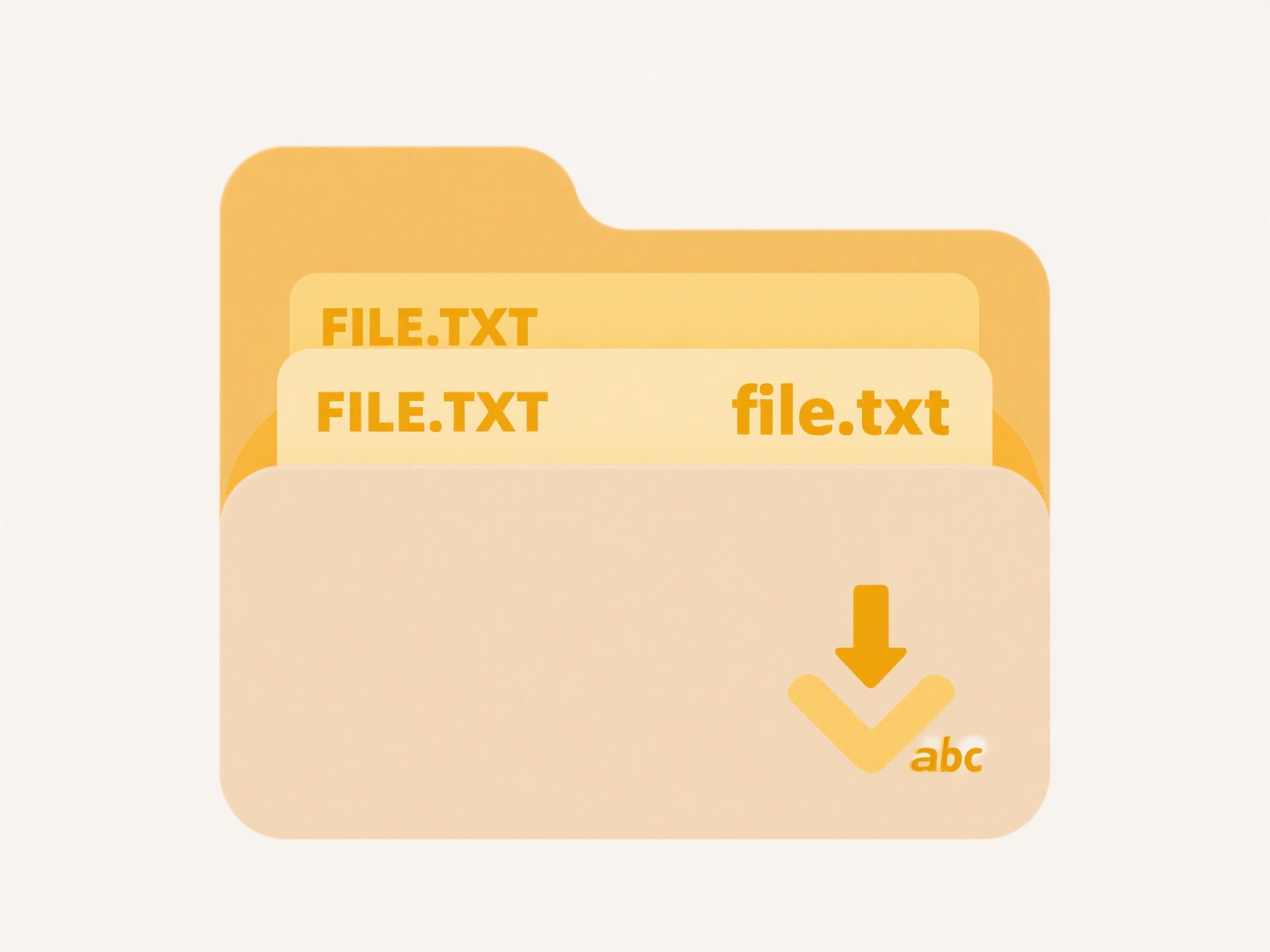
A TIFF (Tagged Image File Format) file might not open in Preview if it uses features or compression methods not supported by macOS's Preview application. TIFF is a complex, flexible container format allowing various types of image data storage (like multi-page documents or specific color spaces) and numerous compression algorithms. Preview primarily supports common, uncompressed TIFFs or those using widespread lossless compression like LZW or ZIP. More specialized or less common variants, including specific multi-page formats or certain proprietary compressions, exceed Preview's built-in capabilities.
For instance, multi-page TIFFs created by high-volume document scanners in legal or archiving industries sometimes utilize unique encoding methods optimized for speed. Similarly, specialized scientific imaging software might produce TIFFs with custom metadata tags or specific color encoding schemes tailored to research needs, which standard tools like Preview may not interpret correctly.

The main advantage of TIFF is its versatility and high quality for specific professional applications. However, a key limitation is this lack of universal support across simple viewers like Preview, potentially hindering accessibility for users who rely on native tools. Future improvements could involve broader OS support. As a workaround, converting the file to a universally readable format using graphics software like Photoshop or GIMP, or using dedicated TIFF viewers, is recommended for reliable access.
Why won’t a .tif file open in preview?
A TIFF (Tagged Image File Format) file might not open in Preview if it uses features or compression methods not supported by macOS's Preview application. TIFF is a complex, flexible container format allowing various types of image data storage (like multi-page documents or specific color spaces) and numerous compression algorithms. Preview primarily supports common, uncompressed TIFFs or those using widespread lossless compression like LZW or ZIP. More specialized or less common variants, including specific multi-page formats or certain proprietary compressions, exceed Preview's built-in capabilities.
For instance, multi-page TIFFs created by high-volume document scanners in legal or archiving industries sometimes utilize unique encoding methods optimized for speed. Similarly, specialized scientific imaging software might produce TIFFs with custom metadata tags or specific color encoding schemes tailored to research needs, which standard tools like Preview may not interpret correctly.

The main advantage of TIFF is its versatility and high quality for specific professional applications. However, a key limitation is this lack of universal support across simple viewers like Preview, potentially hindering accessibility for users who rely on native tools. Future improvements could involve broader OS support. As a workaround, converting the file to a universally readable format using graphics software like Photoshop or GIMP, or using dedicated TIFF viewers, is recommended for reliable access.
Quick Article Links
Can I rename files based on email subject line?
Renaming files based on email subject lines involves automatically applying the text from an email's subject field as th...
How do I organize photos by date and event?
Organizing photos by date and event means grouping your pictures based on when they were taken (using metadata like capt...
Why do downloaded files have messy or random names?
Downloaded files often have messy or seemingly random names because the server generating or hosting the file assigns a ...